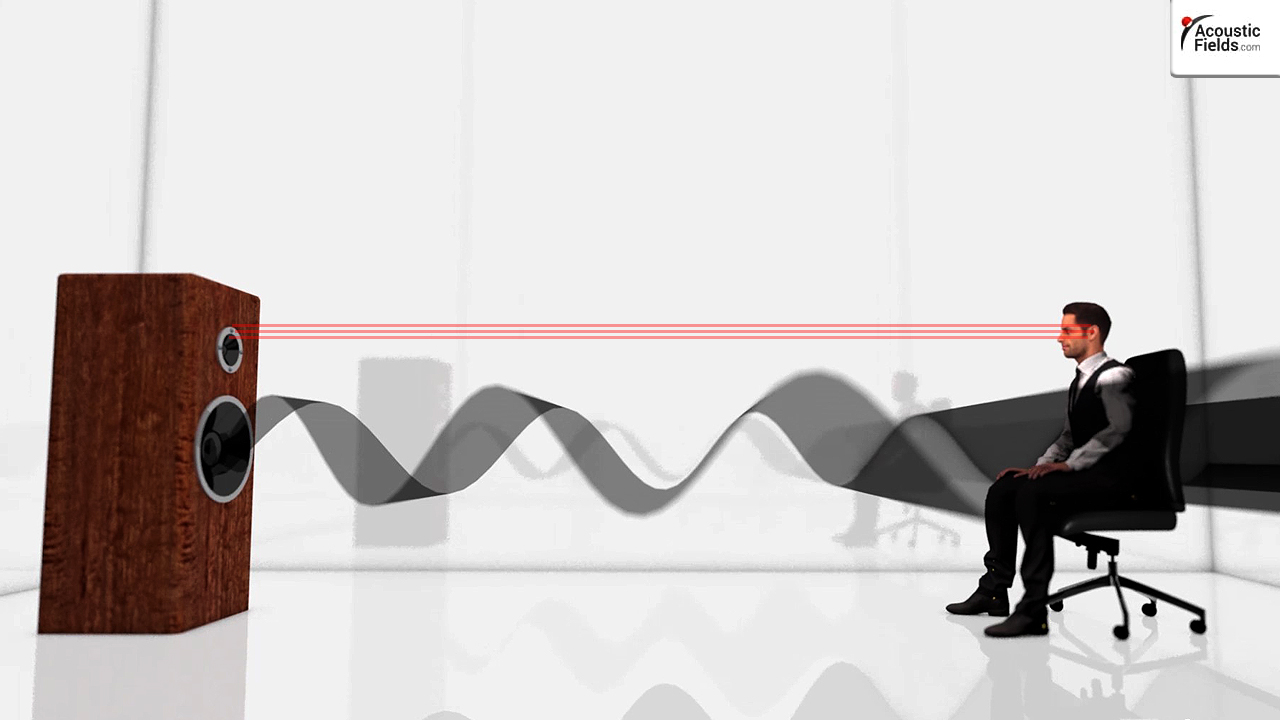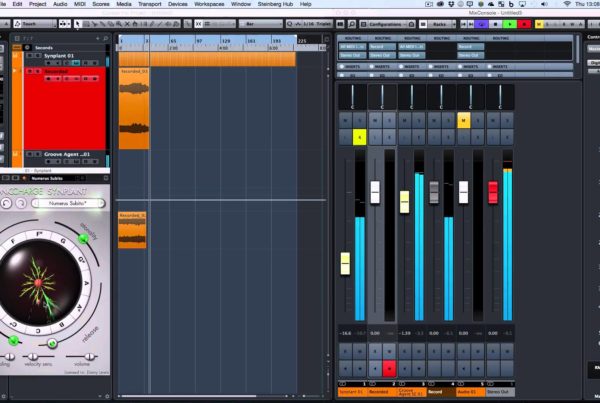While learning to play the guitar, many people want to explore some of the advanced techniques available to them. Using pedals is something that can help change up the basic sound that gets produced from different types of cords. This video showcases Tim Motzer and will help you understand some of the challenges that you might face when you want to set this up for yourself.
Read the full article here:
Pedals & Extended Techniques.





